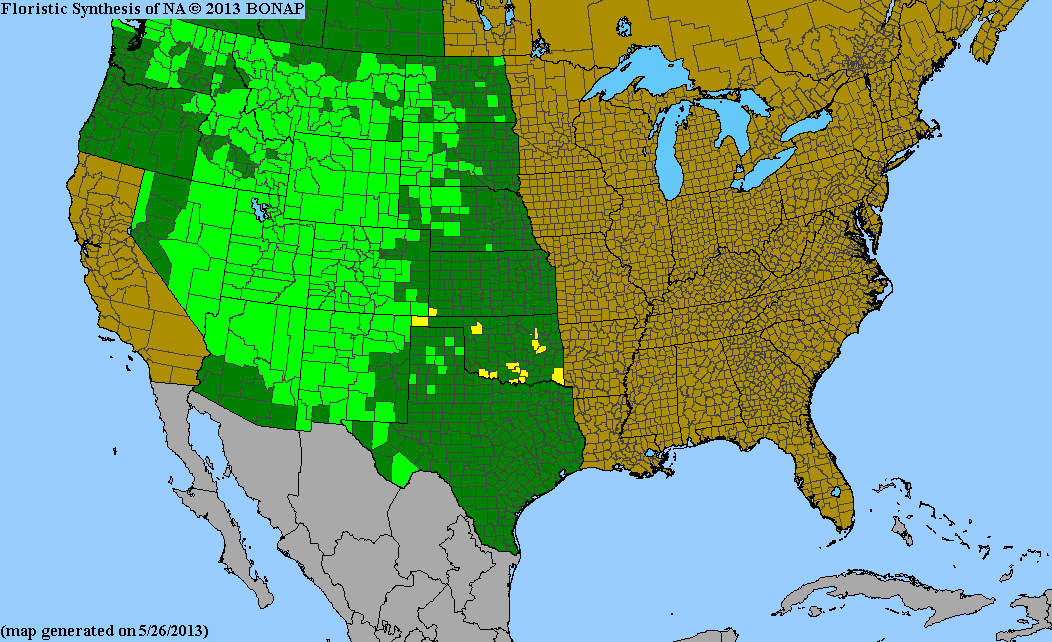Bareroot Plant Material
Rocky Mountain Juniper
Rocky Mountain Juniper
Couldn't load pickup availability
25 plants per unit
Juniperus scopulorm, or Rocky Mountain juniper, is native to the Rocky Mountains and the Northwestern Great Plains. A mature height of 20 to 30 feet and spread 8 to 12 feet is typical, with a slow growth rate of 1 foot per year.
NOTE: Rocky Mountain juniper is often confused with Eastern Redcedar. The leaves and fruit are similar to Eastern redcedar, but there are significant differences. The main differences are:
- Rocky Mountain juniper is smaller with a height of 20 to 30 feet and spread 8 to 12 feet.
- Rocky Mountain juniper's branches tend to be more upright and shed snow more easily (less snow breakage).
- Rocky Mountain juniper holds its summer color throughout the year.
- Rocky Mountain juniper is generally slower growing (1 foot per year).
- Rocky Mountain juniper is less tolerant of shade.
- Rocky Mountain juniper is much more susceptible to disease in humid areas.
Leaves, Stems and Fruit
The leaves and fruit are similar to those of Eastern Redcedar.
Use
Windbreaks - This is an excellent windbreak species which is often planted in place of Eastern redcedar. Use in both multiple and single row windbreaks.
Wildlife Habitat - The fruit is eaten by many species of birds and other animals. The branches form a dense cover that is popular with numerous wildlife species. The persistent fruit and dense foliage are especially valuable as emergency food and cover in severe winter storms.
Adaptation and Soil
Due to susceptibility to diseases, this plant should be restricted to the dryer western eighth of the state. Rocky mountain juniper can grow in the same types of soil as Eastern Redcedar.
Spacing
Rocky mountain junipers are spaced 6 to 10 feet apart.
Culture
Bare-root seedlings (6 to 12 inches tall) are used in planting Rocky Mountain juniper. During the establishment period, control of competing weeds and grass will aid survival and early growth.
Pests
It is quite susceptible to Cercospera blight and Botryospaeria stevensii ("Bot") canker in humid areas. Rocky mountain juniper is an alternate host for cedar-apple rust, but it is much less susceptible than Eastern redcedar. The rust does little damage to Rocky Mountain juniper. Other common diseases include Kabatina and Cercospera blight. Bagworms and spider mite are common.





